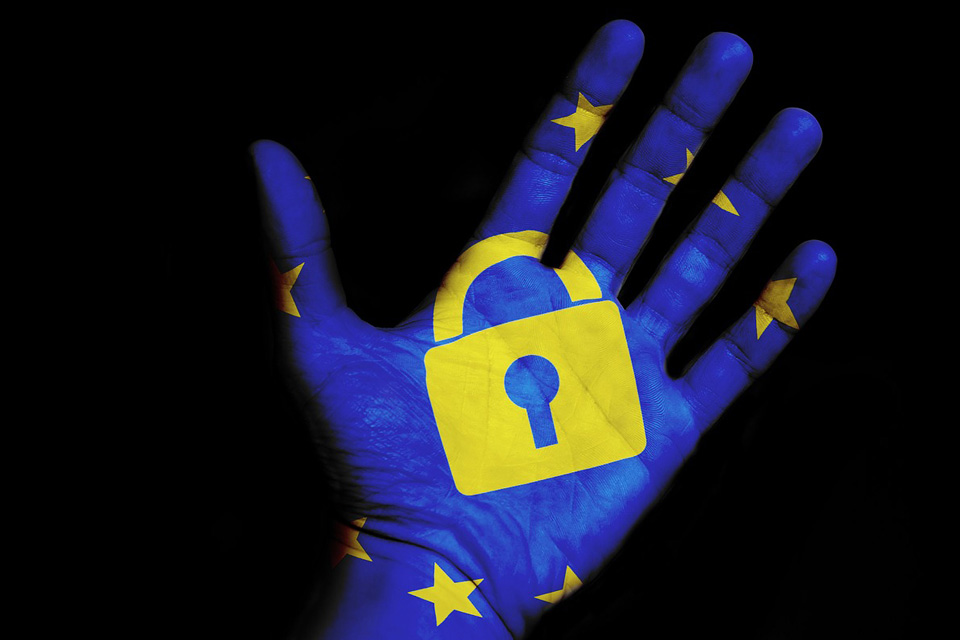What data protection considerations are there when procuring, developing and deploying AI systems?

By Liz Smith, associate in the commercial team at independent UK law firm Burges Salmon In the rapidly evolving landscape of AI technology, data protection remains a crucial area of concern for businesses. Here we summarise some of the key data protection considerations for businesses procuring, developing or deploying AI systems… Purpose and lawful basis: Whenever […]
Health Tech and Personal Data: What ‘Powered by Data’ means for healthcare tech

By Lucy Pegler, partner, and Noel Hung, solicitor, at independent UK law firm Burges Salmon In June 2023, the NHS launched the ‘Powered by Data’ campaign to demonstrate how use of health data delivers benefits for patients and society. The campaign draws on examples of how the responsible use of patient data can support innovation […]
For data privacy, access is as vital as security

By Jaeger Glucina, MD and Chief of Staff, Luminance If you’re in the UK, you could hardly have missed the story this summer about Nigel Farage’s public showdown with the specialist bank Coutts. What started as an apparent complaint about a lack of service being provided to Farage quickly became a significant political talking point […]
Over 90% of online trackers are from Facebook, Microsoft and Google

93.7% of online trackers are from Facebook, Microsoft and Google, with the latter’s making up 49.9% of all trackers found on the web. That’s according to research from Atlas VPN, which notes that Google’s YouTube and ad network Doubleclick also have a significant share of trackers online. YouTube has a 13.8% share, while Doubleclick trackers make up […]
The secrets of no drama data migration

With Mergers, Acquisitions and Divestments at record levels, the speed and effectiveness of data migration has come under the spotlight. Every step of this data migration process raises concerns, especially in spin-off or divestment deals where just one part of the business is moving ownership. What happens if confidential information is accessed by the wrong […]
Normalising data leaks: A dangerous step in the wrong direction

It was only recently, in early April, when it came to light that the personal data from over 500 million Facebook profiles had been compromised by a data leak in 2019. And since then, an internal Facebook email has been exposed, which was accidentally sent to a Belgian journalist, revealing the social media giant’s intended strategy for dealing with […]
The data dichotomy and the vital importance of effective self-regulation

The data privacy debate that has raged for the past decade has patently failed to meet the needs of either industry or consumers. Legislative change continues to challenge digital marketing models – and has had little impact on consumer trust: Edelman’s 2021 Trust Barometer cites an era of “information bankruptcy”, with global trust levels at […]
STUDY: Covid-19 technologies must be regulated to stop ‘big brother’ society

Technologies, such as track and trace apps, used to halt the spread of covid-19 have to be thoroughly examined and regulated before they are rolled out for wider adoption, to ensure they do not normalise a big-brother-like society post-covid-19. That’s according to research conducted by Jeremy Aroles, Assistant Professor in Organisation Studies at Durham University […]
Ecommerce explosion ‘opens cyber attack floodgates’

According to the Global Information Security Survey by Ernst and Young, customer information is the most valuable type of data for most attackers. The threat to cybersecurity and privacy is increasing: about 6 in 10 organizations (59%) have faced a significant incident in the past 12 months, and 48% of executive boards believe that cyber attacks and […]
These are the key data privacy issues in 2020

Tuesday January 28th marked Data Privacy Day, the annual international day aimed at raising awareness of privacy and data protection issues and promoting best practices. Here we’ve gathered up the thoughts of some leading figures from across the sector, covering everything from GDPR to biometrics and compliance, and what 2020’s priorities need to be… Chase […]


